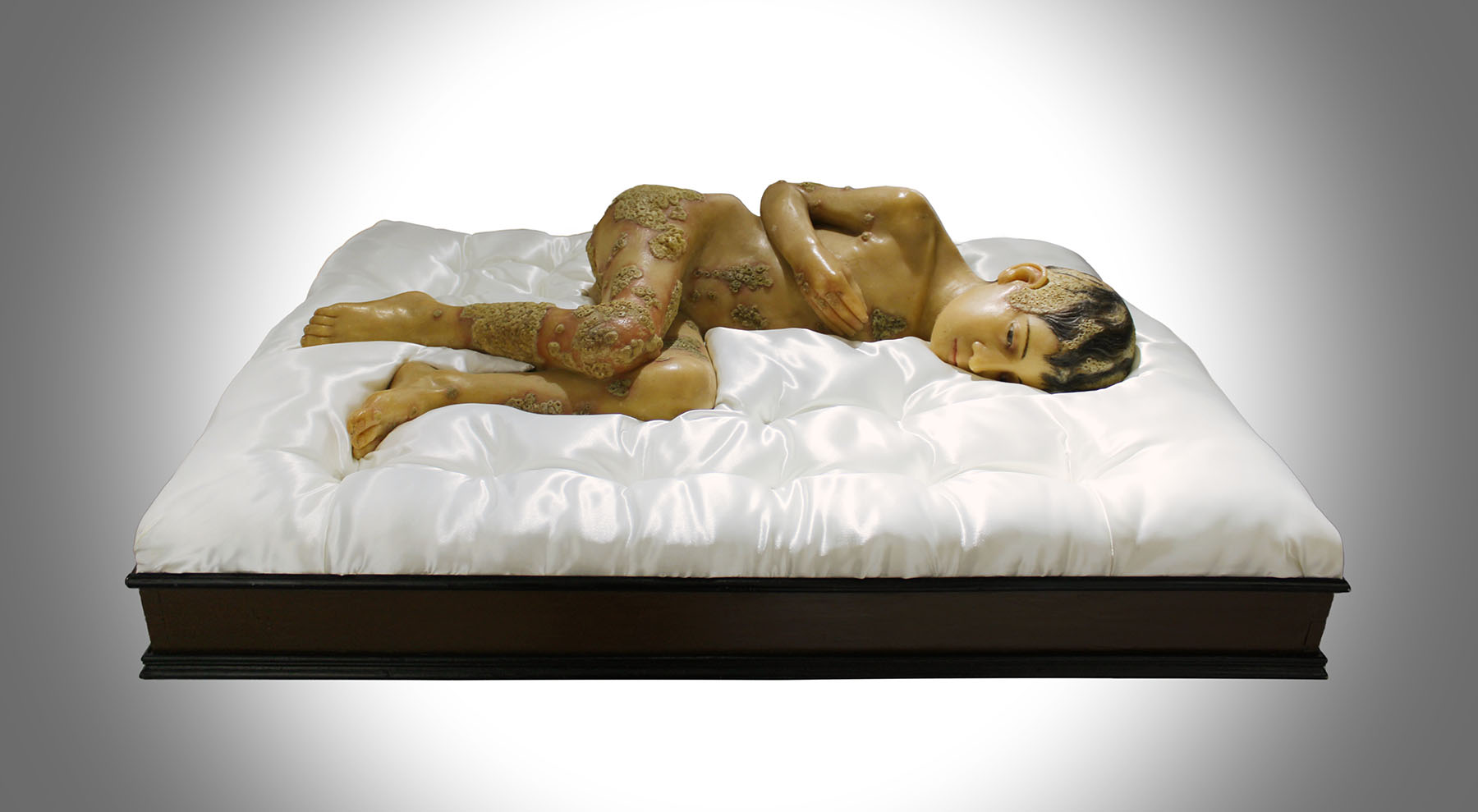Las figuras
17th and 18th centuries
Wax sculptures appeared in Medicine in the 17th and 18th centuries, when a great interest in Anatomy arose. Moldings are made to be able to study the different parts of the human body in a simpler and more educational way.
From that period stands out the famous collection of the Museo della Specola, in Florence.
The main characteristics of the ‘wax sculptures’ are their three-dimensionality, their realism, easy preparation and their low cost, making them essential elements for the teaching of Medicine, at a time when photography and lithographic reproductions did not exist. They were scarce.
Little by little, however, the appearance and development of photography and improvements in public health limited its function.
The live reproduction of pathologies (sometimes patients fainted from pain) ceased to make sense.
Patients began to be photographed to illustrate Dermatology treatises, and scientific advances contributed towards the disappearance of those diseases, some of which had filled the collective unconscious with terror.
The Museum was closed and forgotten, and with it the period in which Art and Science joined hands, came to an end. The sculptures that made up the Olavide Museum’s collection also became forgotten.


